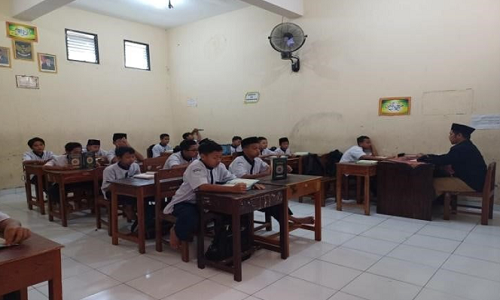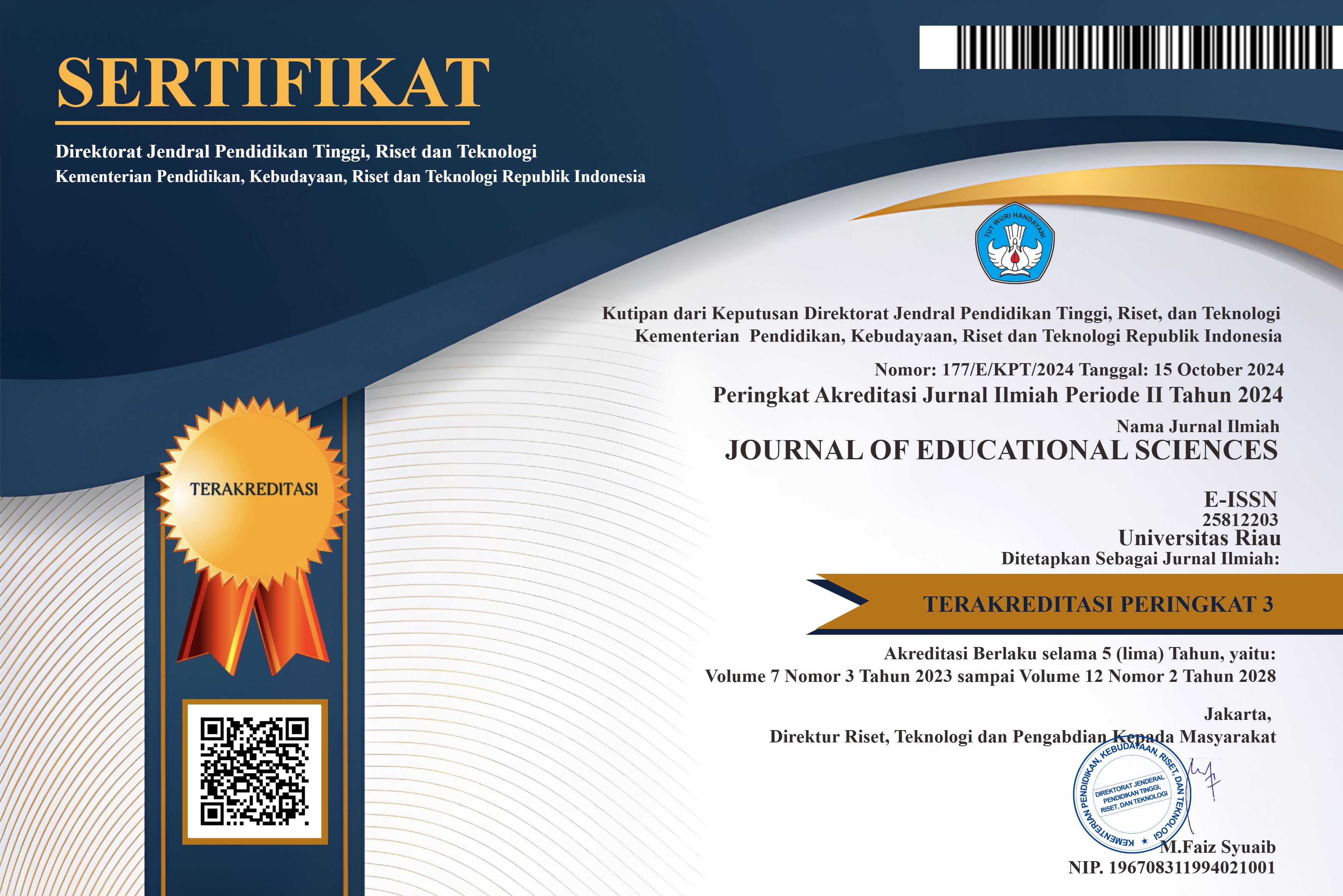Implementation of Independent Curriculum Differentiated Learning in PAI Subjects at SMPIT Ar-Risalah Sukoharjo
DOI:
https://doi.org/10.31258/jes.9.2.p.709-717Keywords:
Implementation, Differentiated Learning, Independent Curriculum, PAIAbstract
Basically, students have different learning styles and needs, as teachers must be able to understand what their students need. This study aims to describe the implementation of differentiated learning in the independent curriculum, find out the obstacles and supporters of the implementation of differentiated learning in the independent curriculum, and the impact of the implementation of differentiated learning in the independent curriculum. The method used in this research is qualitative research with a phenomenological approach. Data collection through interviews, observation and documentation. The results showed that the implementation of differentiated learning in PAI subjects has gone well even though it is still not so optimal. There are obstacles that make the implementation of differentiated learning less optimal such as limited time in learning and lack of human resources. But there are also supporting factors such as a supportive learning environment at school, adequate learning facilities, and principals who routinely conduct supervision. So that the impact that occurs in implementing differentiated learning on students is the emergence of enthusiasm and motivation in the learning process, because with differentiated learning students can learn according to their learning needs and feel happy with several variations of learning so they don't feel bored or monotonous. It can be seen that the impact affects the learning outcomes of students So, it can be concluded that the implementation of differentiated learning of the independent curriculum at SMPIT Ar-risalah Sukoharjo in PAI subjects has been running quite well.
Downloads

Downloads
Published
Issue
Section
License
Copyright (c) 2025 Haniya Fatkhul Yumna, Muh. Nur Rochim Maksum (Author)

This work is licensed under a Creative Commons Attribution-NonCommercial-ShareAlike 4.0 International License.












